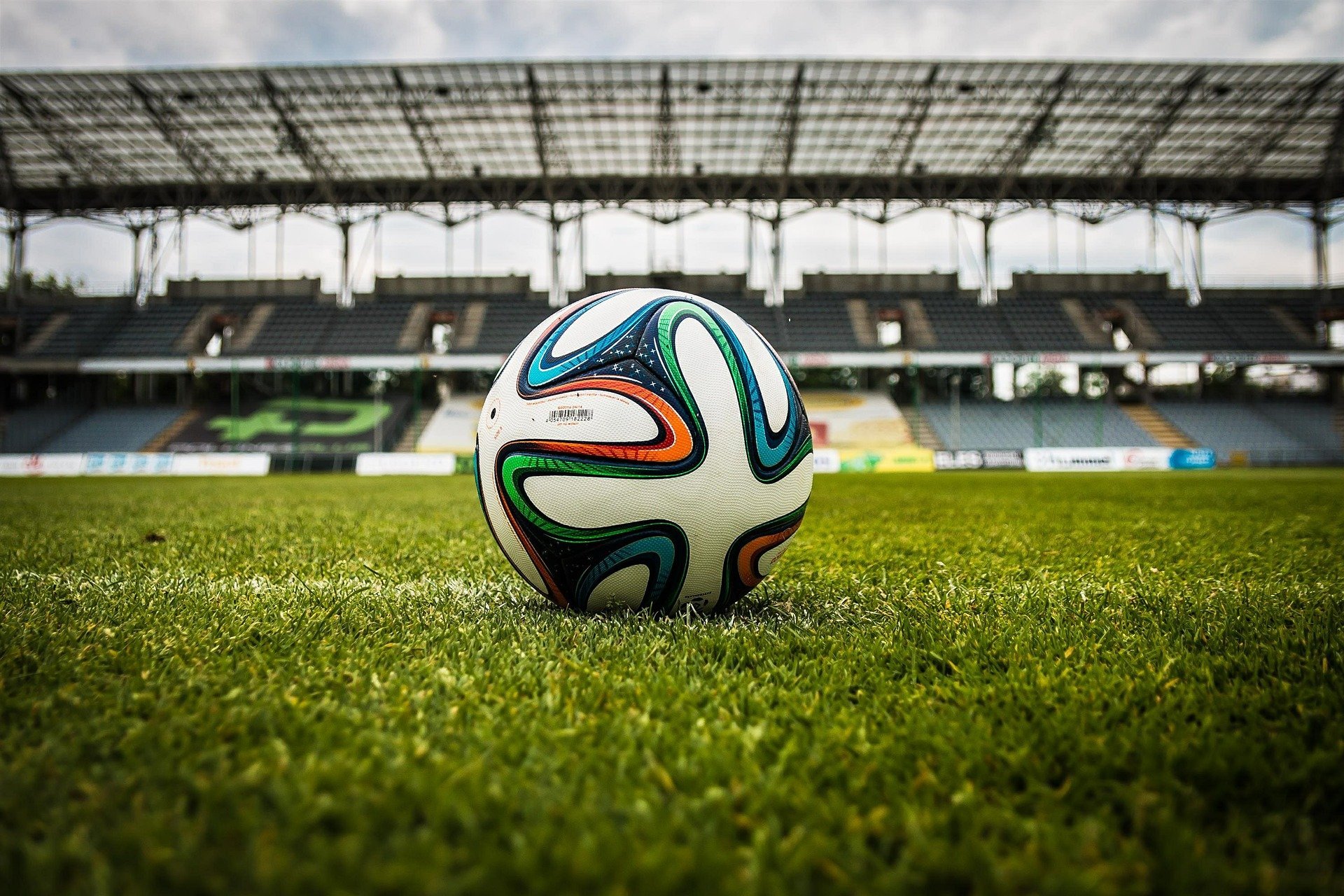This post is contributed and may contain affiliate links.
Following Arsenal’s recent 4 – 0 defeat against Liverpool, you might be questioning Arteta’s use of positional play. For English football traditionalists, the intricacies of this continental style are lost over the established practice of marking. And the fans are yet to accept the positional play as a valid replacement. Yet, like any playstyle across many sports, positional play has its place when used correctly. And as with anything, there are advantages and disadvantages.
What is Positional Play?
While it might generally be considered a complex system of zones, positional play is nothing more than assigning a player to a zone rather than marking the opposition’s players. That’s an oversimplified version of how it works, and there will be caveats and auxiliary variables that determine one thing. That thing is where a player should be at any given time. Positioning is one of football’s most complex issues, and without good positioning, you run the risk of losing out every time. You will miss targets and get hurt so much even the most outstanding personal injury attorney would begin to decline your custom.
The Relevant Zones
When applying the positional play style to your team, you must divide the pitch into zones. You then assign the most suitable player to each zone. Within these zones, there is a job to be done. For example, a typical football pitch is divided into 18 zones, each rectangular in a 3 x 6 layout. Attacking left to right, your zones begin with number 1 at the top left, moving down the width at 2, then 3 and so on. Positional play involves strategizing superiority over specific zones by individual players. The strategy can be offensive or defensive, with minimal effort in switching.
Positional Play in Theory
The theory around positional play is that each player contributes to the overall team effort simply by being where they need to be, even if not directly engaged with the opposition. This exceptionally well your entire squad understands the concept, as with Guardiola’s success. However, the folly lies with players either not understanding how the system works or having trouble adapting to an entirely new way of playing football. In this instance, you might have to reconfigure and rewire an individual’s play style they developed over years of training.
Positional Play in Practice
The theory of positional play is simple. Yet like most seemingly simple concepts, it’s a little more challenging for you to make them work. As with Arteta’s current dilemma, the problem you might have is the polymorphic and dynamic concept of the strategy. For example, a defender may sit on the wing while in a defensive approach, but at a certain point in time, such as going forward, is responsible for taking a central position to accommodate the switch in play. Again, this style goes against the fabric of traditional football strategy and formational play.
Positional Attack and Defence
One of the greatest strengths of positional play is that it is a tad unpredictable. The opposition, no matter how prepared, may have a challenging time adapting their play to yours. Of course, they know where the zones are, but they have no clue what you have instructed your squad to do within those zones, at what time and under what circumstances. Therefore, attacking becomes much more open. Your team member with the ball has much more space to work with. In turn, they can pass more accurately with improved superior timing.
Why This Style Could Work
Arteta has managed the Arsenal squad for almost a couple of years, and in that time, FA Cup aside, hasn’t achieved much where it really counts; the Premier League. Since taking over, results have been a mixed bag of impressive wins and even more remarkable losses. However, Arteta’s approach still has a way to go when it comes to the squad. Rome wasn’t built in a day, and drastic changes to a team take time. Look how long it took Jurgen Klopp’s Liverpool to effectively execute game superiority. But, as it stands, Arteta has planted the seeds, and they have just begun to grow.
The Current Problem with It
The seeds of Arteta’s vision are coming to fruition. But very, very slowly. Primarily, the game Arsenal currently play is choreographed to a tee. This is indicative of a manager who has a clear vision. Yet, Arteta can see past the end of his nose about where he wants the team to be. Next to fitness and training, positional play encourages dynamism, and the squad is lacking at the moment. And it is hurting the team’s performance. However, if you want the rainbow, you have to put up with the rain. Most people don’t realize that all the pieces are in place (Gabriel and White). Now the moves just need executing.
Image by jarmoluk, via pixabay
